Climbing Mount Everest can be deadly. Some Sherpa guides say the grueling work isn't worth it anymore.
The majority of guides who lead tourists up Mount Everest are Sherpas, an ethnic group.
Some Sherpa guides predict that soon, no one from their community will work on the mountain anymore.
They said the risks outweigh the rewards — even if a Sherpa can earn up to $10,000 per expedition.
The following story is based on Business Insider's short film about Sherpas, an ethnic group known for their mountaineering prowess on Mount Everest. The film, "Why Some Sherpas Say There Won't Be Any Guides on Everest in 10 Years," was directed by Prakhar Deep Jain and produced by BI's video team.
It's so treacherous to summit Mount Everest that human remains are a common sight on its frigid mountainside.
Among the frozen bodies are many ethnic Sherpas — an Indigenous people who make up the majority of Everest climbing guides.
Their job is to do everything possible to help mountaineers — who, from 2025, will pay up to $15,000 just for a permit to climb the world's tallest mountain — reach the summit safely. Duties include carrying heavy packs with supplies and assisting people through the most perilous sections of the mountain, such as the infamous Khumbu Icefall.
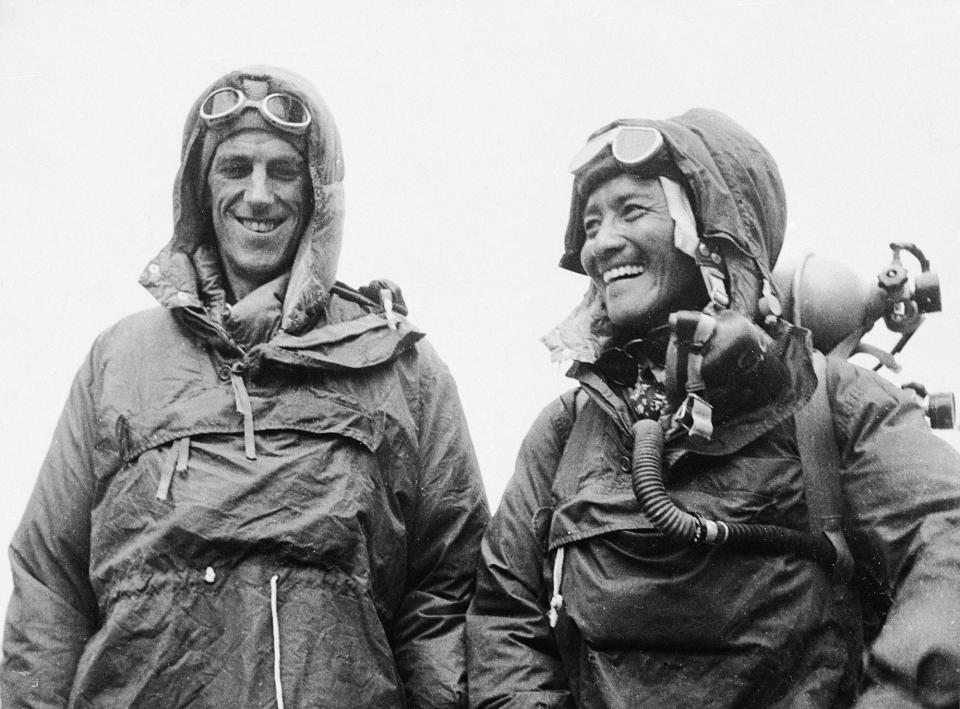
No day on Everest is a walk in the park, which is precisely why some Sherpas think the era of their people dominating the mountain as climbing guides is coming to an end.
Phurba Wangchhu Sherpa, a 48-year-old guide who has summited Everest more than a dozen times, said: "There will not be any Sherpas left in the mountain in 10 years." (Most Sherpas, including those interviewed for this film, have the last name Sherpa.)
Here's why.
Even if your body is built for Everest, you're still at the mercy of the mountain
Climbing Everest once and living to tell the tale is a feat — doing it more than once is why Sherpas are such a crucial asset on an expedition, according to climber Sam Rashid.
"When you're at high altitude, and they tell you 'It's OK, it's going to be OK,' said Rashid, who trained for over a year for his first attempt to summit Everest in 2023. "It's very reassuring that they've summited so many times."
If anyone is built to climb Everest, it's Sherpas.
In 2017, academics at the University of Cambridge published research indicating that over thousands of years, Sherpas have genetically evolved to use oxygen more efficiently and preserve muscle energy compared to people who live at lower altitudes.
Their bodies, down to a cellular level, are fine-tuned for the mountains. "There's certainly something really remarkable about their ability," Andrew Murray, who worked on the Cambridge study, told NPR.
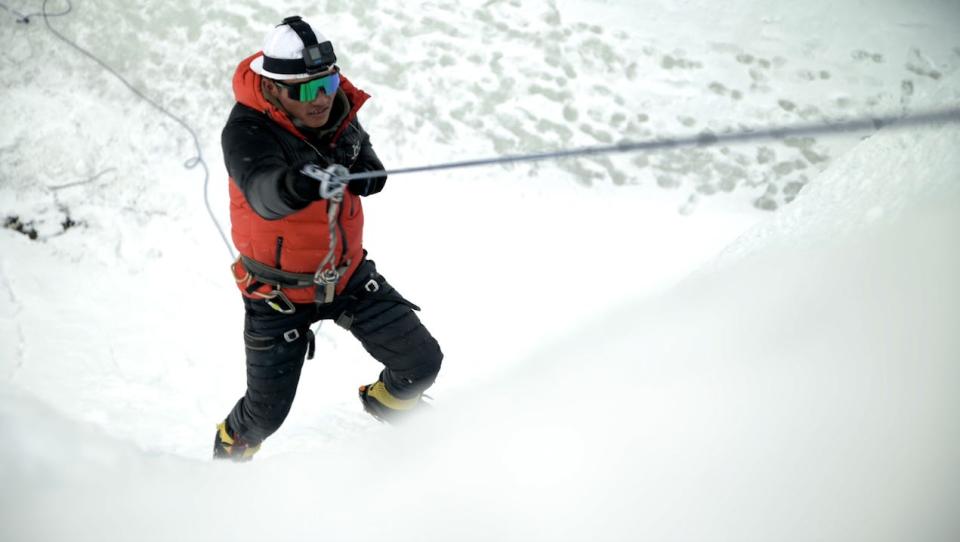
Remarkable as they may be, Sherpas aren't immune to Everest's many dangers, which include unexpected avalanches, hidden crevasses, and falling ice and rock.
The Himalayan Database reports over 330 people have died on the mountain since the early 1900s. One hundred and seven of the dead are Sherpas.
"A lot of amazing Sherpas lose their lives here every year," said Phurba Wangchhu, the guide who has summited over a dozen times. "Many of my own friends have lost their lives."
Reflecting on an incident in 2023 where three Sherpas died after getting buried in an icefall, former climbing guide Dawa Geljen Sherpa said: "They would have children to feed and dreams for their family, but everything got shattered in that moment."
Sherpas on Everest face a lot of risks with increasingly little reward
One of the draws of a career in mountain guiding, especially on Everest, is money.
Mountain guides certified by the International Federation of Mountain Guides Association earn between $4,000 and $10,000 per climb, depending on their experience level, tips from climbers, and bonuses if a summit is successful.
For climbers like Rashid, it's worth every penny.
"It would be an insult, I think, if we would come and pay hardly anything and summit the mountain," he said.
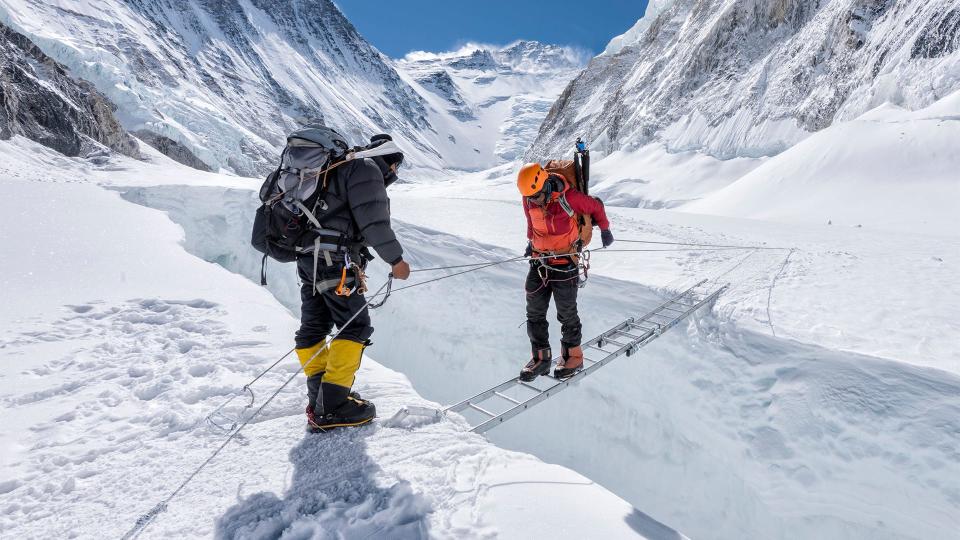
But because the optimal window to climb Everest occurs between March and May, guides can typically only count on one expedition — which typically takes two months — a year, meaning they have to supplement their incomes with other odd jobs, such as farming and teaching.
Even though mountaineers pay as much as $100,000 for an Everest expedition, guides see only a small percentage. Tour agencies keep most of the money.
Making the job even more financially questionable is that most guides pay for their own climbing equipment, which can cost up to $7,000. Some of it must also be replaced every couple of years.
For guides like Phurba Wangchhu, the financial burden is becoming too heavy.
"The income made from climbing mountains is not enough for us," he said.
Everest tourism is booming, but some Sherpas are looking for jobs elsewhere
In May 2023, the government of Nepal issued a record-breaking 478 climbing permits — which was also the most deadly climbing season on Everest so far.
In April, a representative of Nepal's Department of Tourism told local outlet The Kathmandu Post that the department expects to issue over 400 climbing permits before the end of 2024.
But even as demand to climb Everest remains robust, many Sherpas are weighing alternative sources of income, including jobs in Nepal's growing economy that don't require putting their lives on the line for a paycheck.
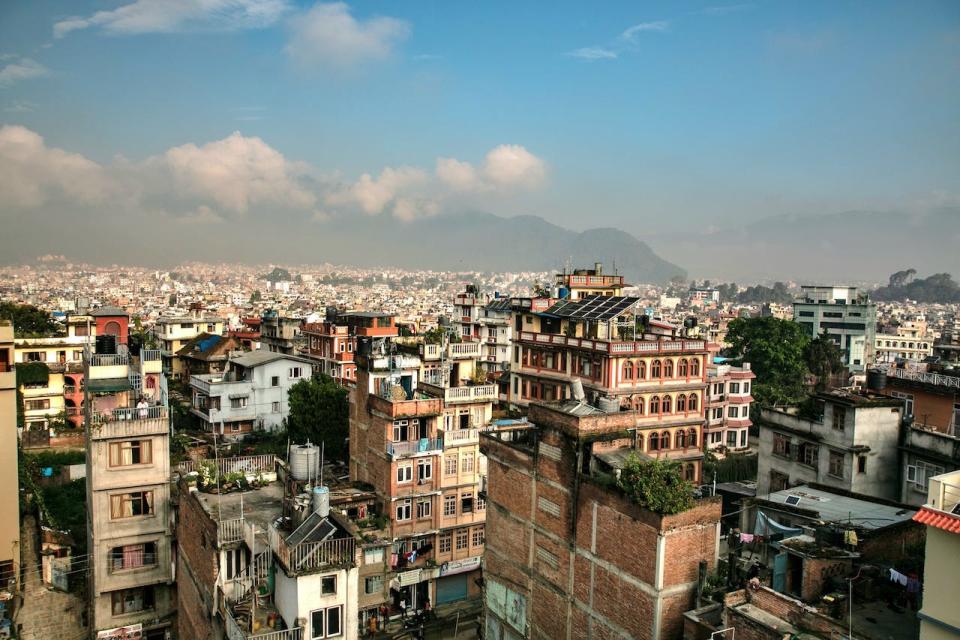
In 2020, the World Bank issued a diagnostic report on Nepal's job economy, noting that 4 million jobs had been added since 2010.
The country has seen a noticeable shift in employment trends over the last decade, with people moving away from traditionally rural farm work to wage-earning jobs in areas like construction, transportation, and manufacturing in cities.
But things were different when Phurba Wangchhu grew up.
"I was born in a rural region," he said. "We had no other options left than to work in the mountaineering sector to make a living."
He is glad to see there are more options for the next generation beyond working as guides.
"I wouldn't involve my children in this work," he said.
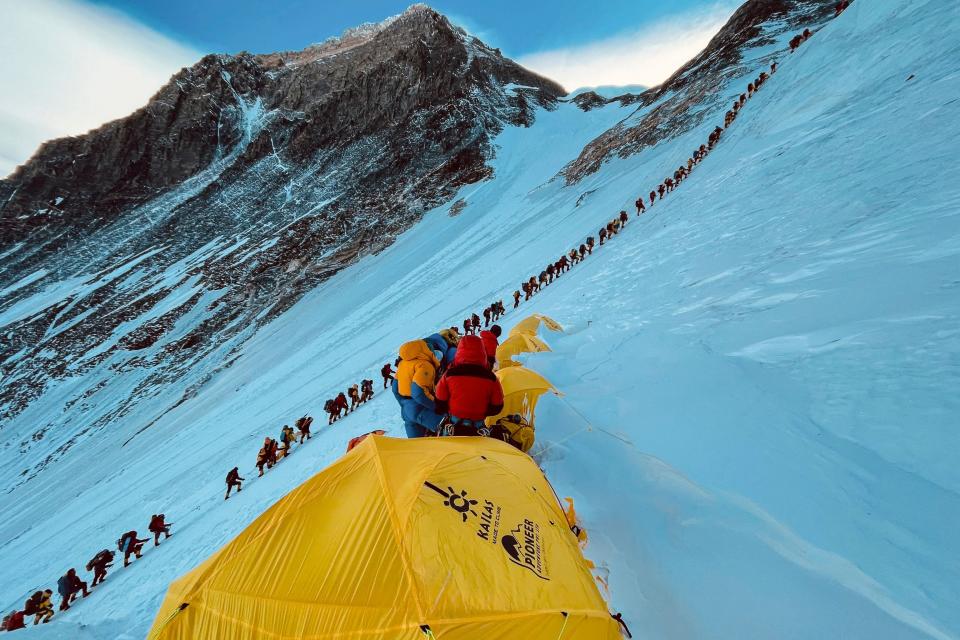
Dawa Geljen, the former guide, suspects that younger members of the workforce "wouldn't want to climb Everest" anyway.
The allure of the mountain, however, remains. Shusant Nachhiring Rai, 19, still dreams of conquering Everest as a climbing guide. He works as a porter, a job that involves carrying luggage, food, and supplies to and from Everest's base camp, which many do before becoming fully-fledged mountain guides.
"I'm working as a porter to make my body stronger," he said. "I wish to make a name for myself. I am preparing to be a climber, and I am confident that I will be one in the future."
Nonetheless, the world is changing, and Sherpas are changing with it — leaving the fate of mountaineering on Everest hanging in the balance.
Watch the full video here:
Read the original article on Business Insider


